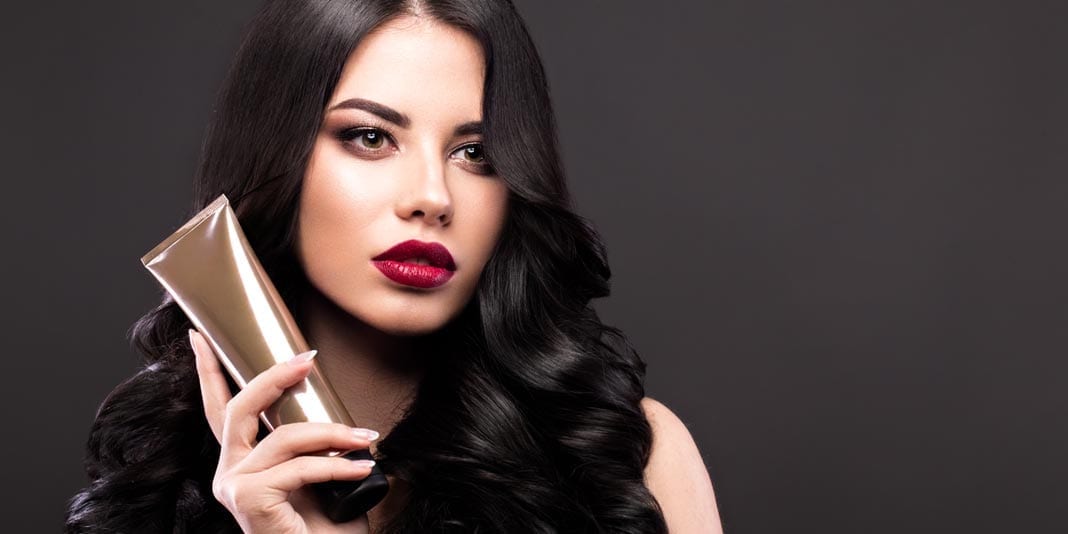Are you using the right products for your hair type? Most people don’t understand that hair health depends on hair’s “porosity.” The word porosity refers to the degree to which something is porous, or full of tiny holes. Hair porosity categorizes hair according to how porous it is. Knowing your hair porosity can help you buy products best suited for your hair type.
Using products not designed for your hair porosity can cause damage, breakage, and buildup. This will prevent your hair from growing and being healthy in the long run.
For example, coconut and castor oil are widely known for promoting long hair. However, heavy oils can build up on and overwhelm low porosity hair, causing greasiness instead of healthy, shiny locks. Understanding the three categories of porosity—low, medium, and high—can help you choose the right products for your hair type.
Low Porosity—Tightly Wound
Low porosity hair has tight cuticles, or very little space along the strands. This is because low porosity hair has a lot of protein of its own (making it sensitive to protein treatments). Ingredients that have a high water content are best for supporting this hair type.
Low porosity hair retains moisture, as long as it gets in. The tight hair cuticles and lack of space tend to block moisturizing treatments. Once moisture does penetrate the cuticle, however, hair will be hydrated for a while. Using light oils and water-based products is key for this hair type. Heavier products, and especially protein-based oils, weigh down this hair type and build up at the scalp.
Medium Porosity—Just the Right Amount
Medium porosity hair cuticles aren’t too tight, but aren’t too open either. This level of porosity is ideal, since it can absorb moisture and keep it for a decent period of time. A balance of water-based and oil ingredients is best for this hair type. It is resilient on its own.
High Porosity—Easy Come, Easy Go
High porosity hair has cuticles with the greatest amount of space between them. This means that while moisture can penetrate the hair, it also escapes quickly. This hair type needs more support to repair the cuticle gaps to better retain moisture. Protein treatments are most compatible for this hair type. Heavier oils and butters help nurture the strands and bring more volume to them.
Testing for Your Hair Porosity
Don’t know what hair type you have? Try this simple at-home test on a clean strand of hair. Put the strand in a bowl of room temperature water and wait 15 minutes.
If the hair strand:
-
- floats, you have low porosity hair.
- sits under the surface of the water, you have medium porosity hair.
- sinks, you have high porosity hair.
Once you know your hair porosity, you can select products that contain the right ingredients to support your hair type. Remember when shopping that ingredients are listed in descending concentration. If you have low porosity hair and see a product with protein-based ingredients, like coconut oil, don’t write it off immediately. If the coconut oil is toward the end of the ingredients list, you can be sure that it is in a very small amount.
You can also make your own masks at home very cheaply. Knowing your hair porosity can help you decide which ingredients to use. If you have low porosity hair, you might mix a cup of aloe vera with half a teaspoon of coconut oil so it is mostly a moisture mask. High porosity masks should be made with greater amounts of protein-heavy ingredients.
The next time you are buying a hair product at the drugstore or online, look at the ingredients to see if they will support your hair type. Over time and with a consistent routine, your hair will grow healthy, longer, and stronger.




































